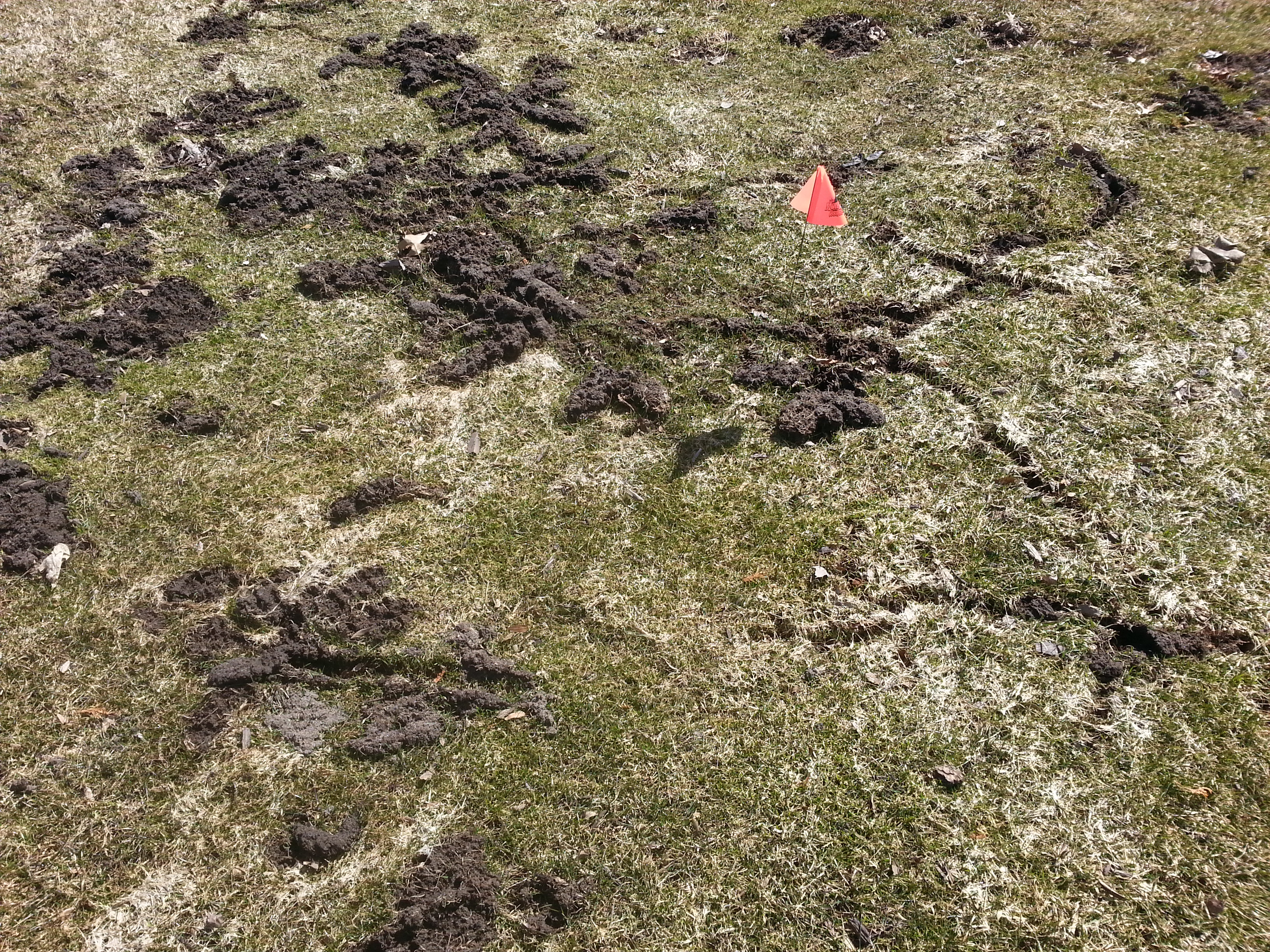Combat Vole Problem: Professional Strategies for Vole Control
Combat Vole Problem: Professional Strategies for Vole Control
Blog Article
Understanding Vole Parasite Control: Thorough Insights on Invasion Avoidance and Treatment Techniques
By acknowledging the refined indicators of vole problem early on, we can take proactive measures to avoid extensive damages. In this discussion, we will certainly explore the subtleties of vole actions, dive right into the identification of problem indications, and discover the most efficient avoidance and therapy approaches.
Understanding Vole Actions
Examining the foraging patterns of voles provides important insights into their behavior and habitat preferences. By observing their foraging actions, scientists can obtain a better understanding of where voles choose to develop their habitats and the level of their ecological impact.
Research study indicates that voles display discerning feeding practices, preferring bulbs, seeds, and origins - vole pest control. This nutritional choice influences their foraging patterns, leading them to locations rich in plants and ground cover. Furthermore, voles are understood to produce elaborate tunnel systems for foraging and nesting purposes, indicating a high level of flexibility to their surroundings
Recognizing vole behavior is vital for carrying out targeted pest control procedures that interrupt their environment preferences and foraging tasks. By researching their habits, professionals can establish a lot more reliable avoidance and therapy methods to manage vole invasions.
Identifying Indicators of Vole Infestation
Vole infestations can be discovered by identifying details indications of their existence in a location. Among one of the most usual indicators of a vole infestation is the existence of surface runways. Voles develop networks of slim paths on the ground that are generally around 2 inches wide. These paths are typically located in verdant areas or below mulch or ground cover where voles can move freely and look for food.
An additional crucial indication of vole invasion is the presence of little burrow openings in the ground. Voles dig superficial burrow systems with several entries and departures. These burrows offer as shelter and nesting websites for the voles. Furthermore, voles are known to leave behind chewed plant stems, roots, and bulbs near their burrow openings, suggesting their feeding activity in the location.
Finding these droppings along paths or near burrow openings can verify a vole problem. By being alert for these indicators, property owners can without delay address vole invasions and prevent more damage.
Implementing Positive Avoidance Measures
To properly minimize the dangers connected with vole problems, residential or commercial property owners can proactively execute a range of preventive procedures intended at guarding their landscapes and gardens. In addition, maintaining yard locations tidy and minimizing mess where voles can conceal or nest is crucial in reducing their existence.
Additionally, employing natural vole deterrents like castor oil-based repellents or predator pee can function as reliable safety nets. It is likewise suggested to on a regular basis examine outdoor areas for any signs of vole activity, such as runways or delve openings, to deal with possible invasions without delay. By taking on these aggressive avoidance approaches, homeowner can significantly lower the probability of vole damages and keep the health and aesthetics of their landscapes.
Reliable Treatment Approaches
Including targeted trapping techniques and making use of authorized rodenticides are essential parts of effective therapy techniques for managing vole problems. Trapping can be an efficient way to reduce vole populaces, specifically when put strategically in their energetic paths. Snap traps and live catches can both work, with the last permitting for the capture and moving of voles. When making use of rodenticides, it is important to follow safety and security guidelines to avoid harm to non-target animals and animals. Area rodenticides in safe bait stations to minimize dangers to unexpected targets. In addition, environment adjustment, such as reducing ground cover and removing resources of food, can aid deter voles from infesting an area. Routine monitoring and upkeep are also crucial aspects of effective treatment techniques to guarantee that vole populaces why not try these out are kept under control. By integrating capturing, rodenticides, habitat adjustment, and consistent tracking, reliable vole insect control can be attained.

Tracking and Maintenance Tips
Maintaining an organized timetable for surveillance and performing regular upkeep tasks is vital to sustain the effectiveness of vole pest control steps. Regular monitoring enables the early discovery of vole task, making it possible for punctual treatment prior to invasions aggravate. To effectively check vole populations, strategically placed catches can be made use of in vole runways or near burrow entryways. By consistently examining these catches, building proprietors can gauge the extent of vole task and change control approaches as necessary.
In addition, preserving a clean and neat landscape is crucial in vole Find Out More prevention. Clearing up away debris, such as stacks of wood or thick vegetation, removes prospective vole environments. Routinely trimming yards and trimming vegetation helps in reducing vole concealing spots and lessens their access to food sources.

Final Thought
Finally, grasping vole insect control calls for a strong understanding of vole habits, the capability to determine signs of infestation, implementing proactive avoidance actions, effective therapy approaches, and constant tracking and maintenance. By taking an extensive approach to vole control, people can successfully take care that site of and prevent invasions, ultimately protecting their residential property and surrounding environment from damage brought on by these tiny rats.
In this discussion, we will certainly explore the subtleties of vole habits, delve right into the identification of invasion indicators, and reveal the most effective prevention and therapy methods.Incorporating targeted capturing methods and utilizing authorized rodenticides are vital parts of efficient treatment techniques for taking care of vole invasions. To effectively check vole populaces, tactically placed catches can be utilized in vole paths or near burrow entrances. Checking and repairing any type of problems to these structures makes certain that vole control stays effective in securing homes from problems. By including these surveillance and maintenance methods into a detailed vole pest control strategy, people can efficiently handle vole populaces and protect their residential properties from damages.
Report this page